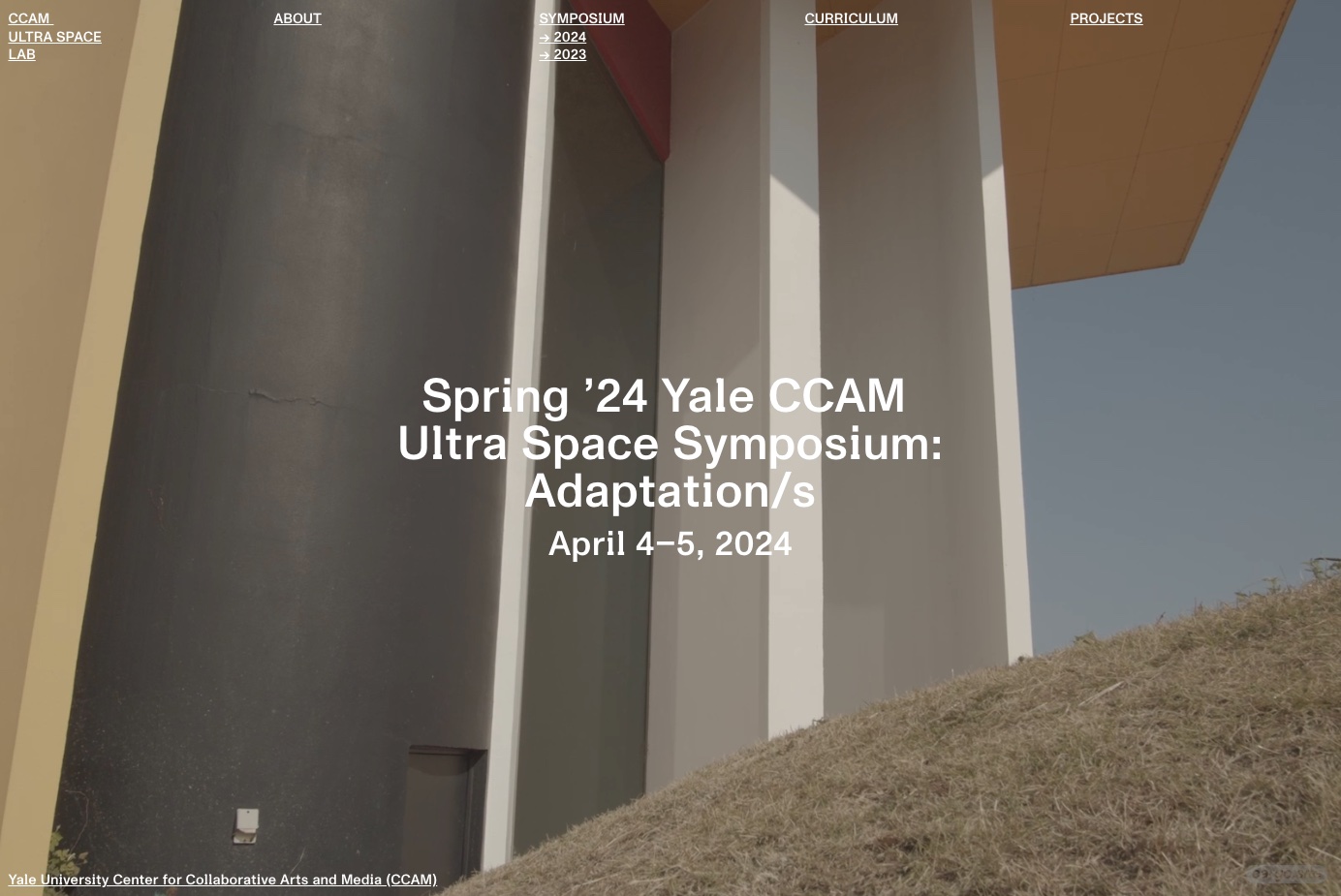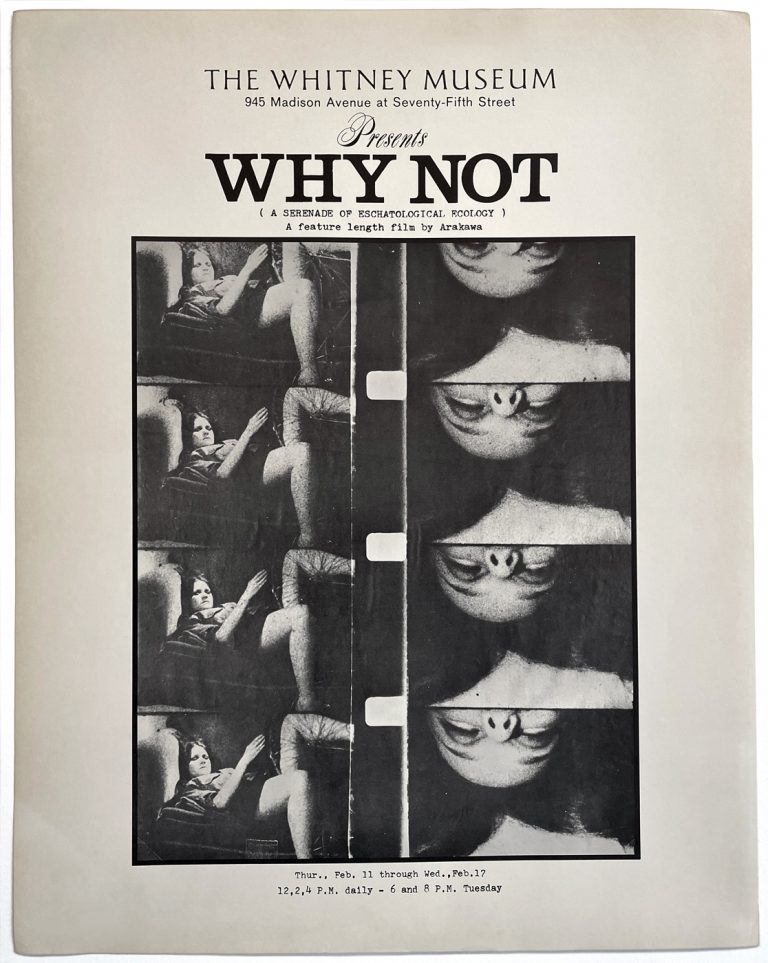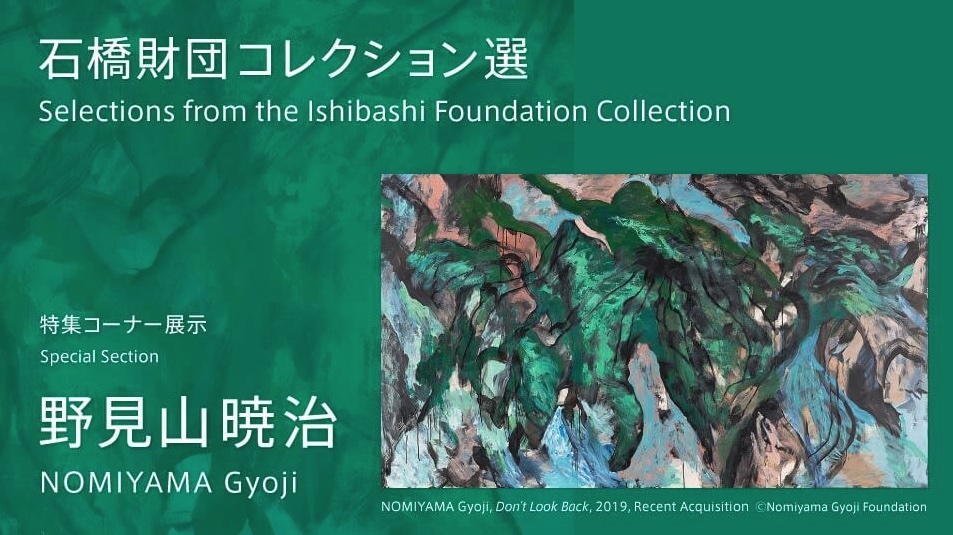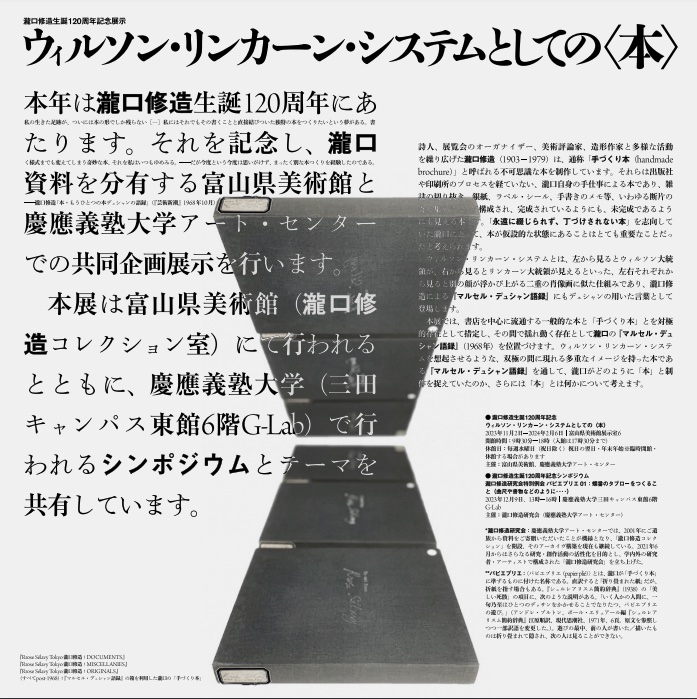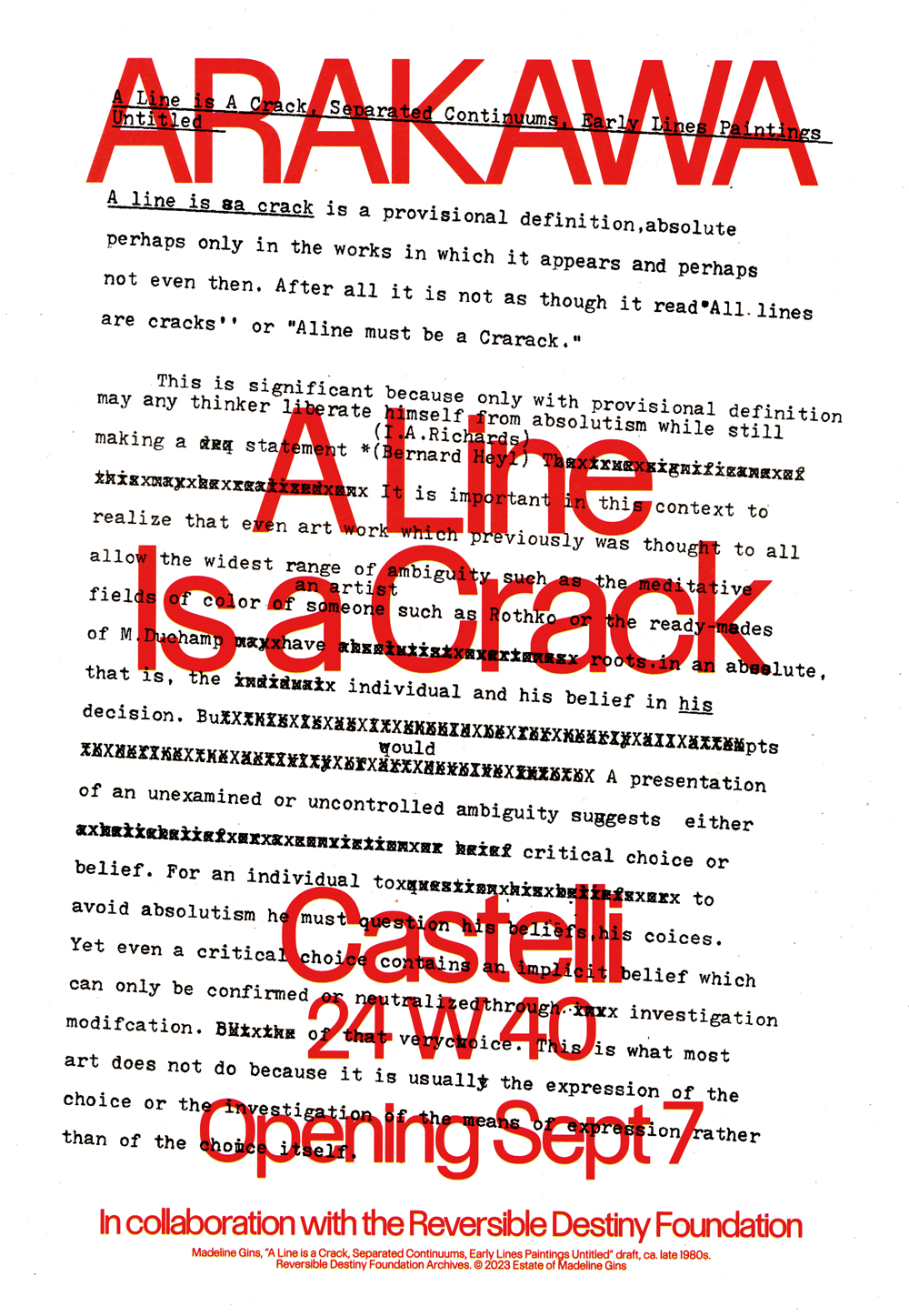“Polyphony” is a musical term describing music that consists of multiple, independent melodic and rhythmic voices. In this exhibition, we explore various parts of the art scene based around Yokohama, while turning a metaphorical ear to the voices of artists and the sounds of their creations that emerged and evolved in Yokohama from the 1910s through the 1960s.
Over the 60 years covered by this exhibition, Japan moved through multiple historical eras, from Meiji (1868-1912) to Taisho (1912-1926) to Showa (1926-1989), and the 1923 Great Kanto Earthquake and World War II brought unthinkable devastation upon many communities. It was a turbulent period for Yokohama as well, with the city twice virtually destroyed and rising once more from the ashes.
An overview of the development of art during these years shows that while Yokohama produced art connected to the Tokyo-based mainstream of art history, it also fostered highly distinctive talents and interpersonal networks unique to a port city with an enterprising and forward-thinking spirit. Yokohama, which has been a portal for Western culture since it began welcoming ships into its harbor, was one of the first places in Japan where Western painting techniques were adopted, notably by the Goseda School in the final years of the Edo Period and the Meiji Era, and became fertile ground for the growth of Western-style painting in Japan. Subsequent art movements arising in Yokohama during the Taisho and Showa eras began with the 1919 formation of the Yokohama Bijutsu Kyokai (Yokohama Art Association), and other organizations supporting art came to be established, while artists’ independent activities also matured. The 1960s saw the emergence of art movements in which one might see the prehistory of Yokohama Museum of Art, which opened in 1989.
This exhibition, divided into 10 sections, focuses on artists with ties to Yokohama, and by tracing the arc of their verbal testimony, artwork, and creations by other closely related artists, presents a multifaceted view of approximately 60 years of art in and around the city.

